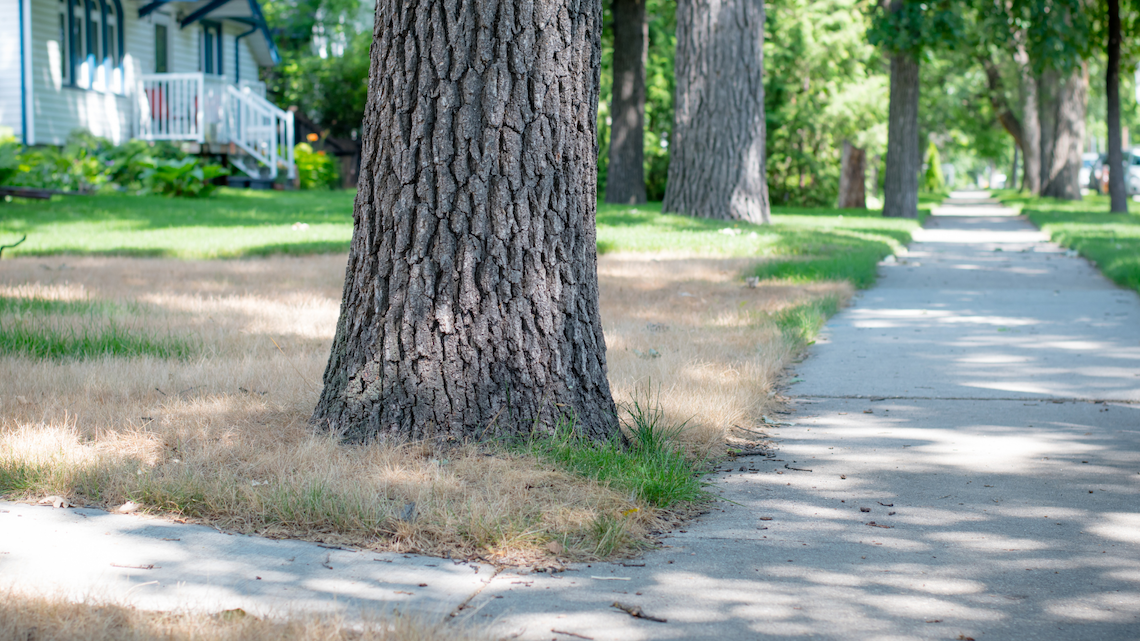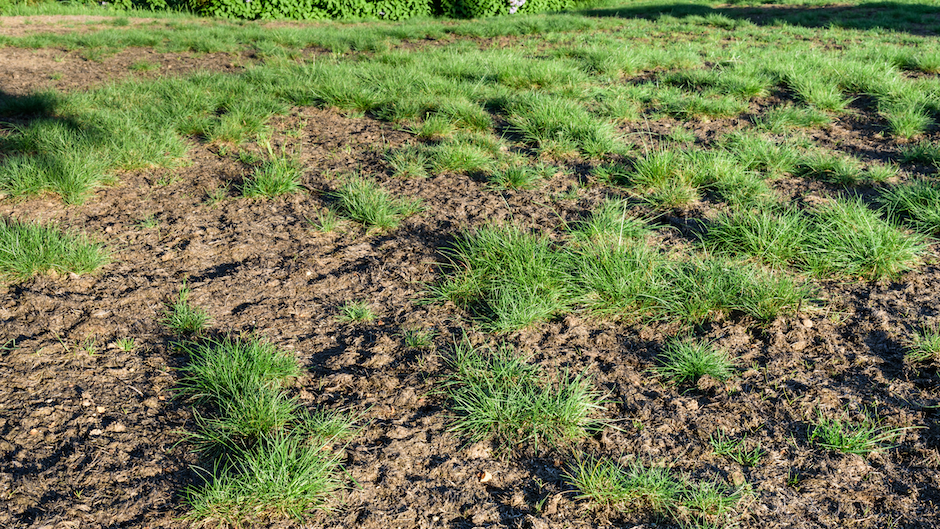29 Mar Is Your Lawn Dehydrated?
Texas is no stranger to droughts and dry lawns, and even in the wettest years, there are times when your lawn may dry out to the point of dehydration, which can end up damaging or even killing your lawn. It can happen from the daily heat, or it can happen as a result of even slight inattentiveness to the lawn’s needs.
Being able to tell when your lawn needs water and when it might be beneficial to make your grass tough it out is crucial for having a healthy lawn, year-round. Just watering periodically won’t be enough, here is everything you need to know about recognizing dehydration in your lawn, and what to do about it.
How To Tell If Your Lawn Is Dehydrated
You don’t have to be a botanist to tell if your lawn is a little dry. Some common indicators of a lawn that’s becoming dehydrated include:
- The footprint test. Step on a patch of your grass and see if the blades spring back up after a short while. If the footprint persists, your lawn is drying.
- Soil becoming crisp or shrinking away from edges is a sign of dehydration.
- Push a screwdriver into the soil and see how easily it penetrates. If the soil is too dry, the penetration will require significant effort.
- Keep an eye out for patchiness or dead spots on your lawn. This may be due to pests like grubs, but it can also be indicative of dehydration.
Preventing Dehydration…With A Little Dehydration
It might sound counterintuitive but watering your lawn in a cyclical pattern, allowing it to dry out a bit in between watering, helps it to push roots deeper. These deeper roots are insurance against dehydration during dry spells by giving the grass the ability to reach deeper moisture in the ground.
When Watering Works
Be sure you only water during the early morning or late evening, when the sun isn’t going to be beating down on your lawn, evaporating all the water. Water heavily in the early morning or late evening, and the water will have a chance to soak deeper into the soil.
Don’t Cut Too Often
Even if your grass grows quickly, be sure you don’t mow too often, particularly in the heat of midday. Cutting the grass and subsequently subjecting those tender, freshly-sliced blades to the midday sun of the Lone Star State can worsen the condition of the lawn by opening it up too much more evaporation, as well as increased stress.
Still Thirsty? Talk To A Pro
Sometimes, no matter what measures you take and how careful you are, you may not be able to keep your lawn from getting dehydrated. If you’re finding that even with being attentive to your lawn’s needs, watering carefully, and not cutting it too often that it is still looking a little dry, it might be time to work with a professional. Reach out to a local lawn care expert, and they will work with you to find a solution that keeps your lawn healthy and beautiful.


